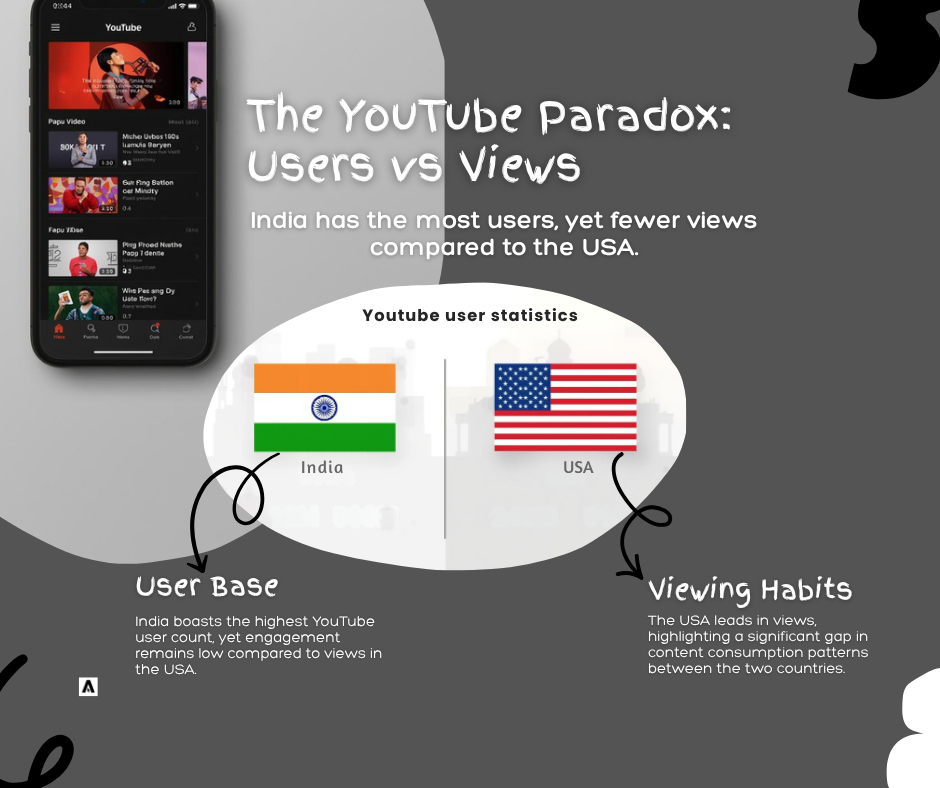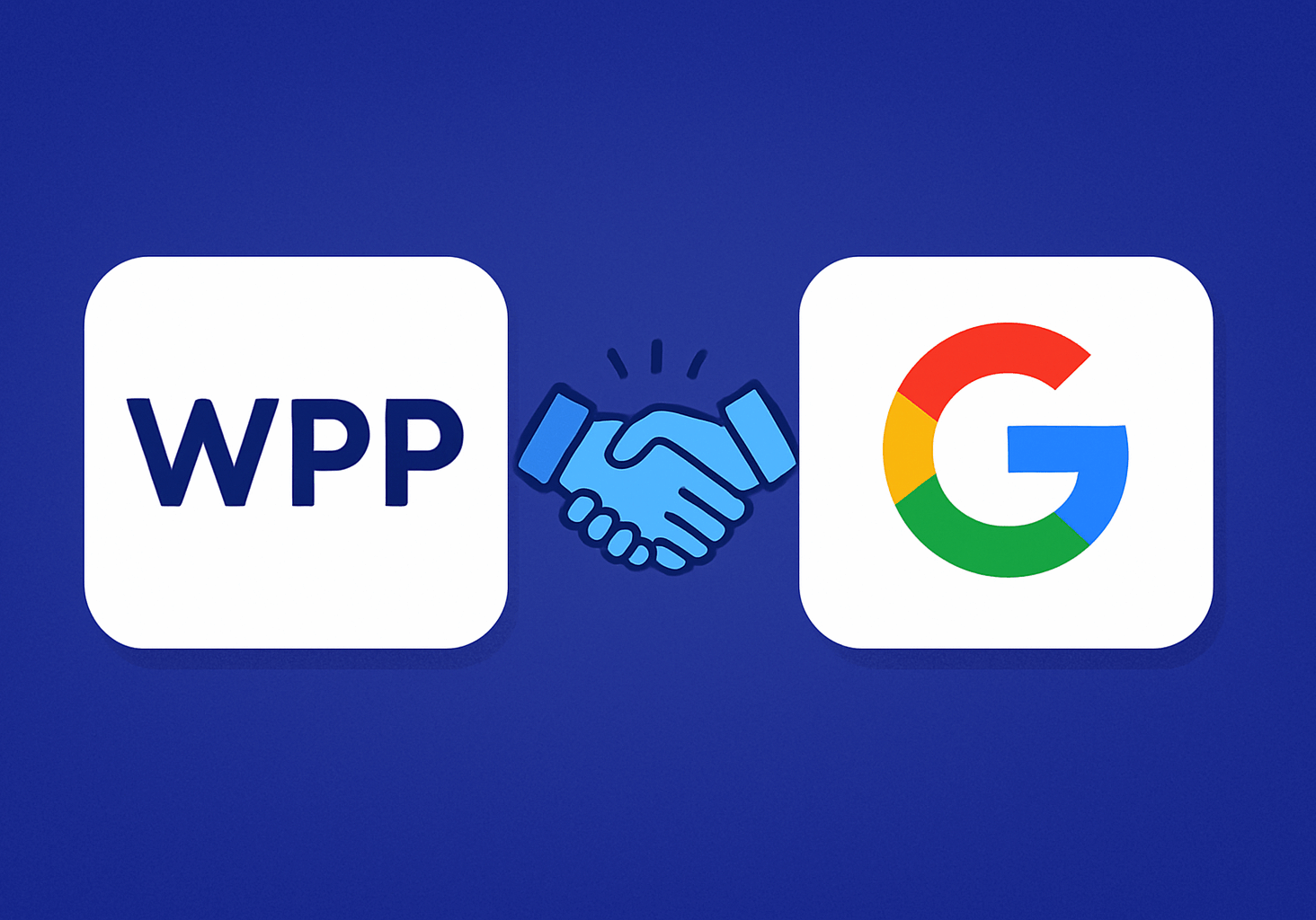
YouTube’s New Multi-Language Audio Is A Game-Changer For Marketers
YouTube is going global — on September 10, the platform announced that its multi-language audio dubbing feature is now available to creators worldwide.
Accessibility to every global region through language is a gold mine for creators, brands, and marketers. Two years ago, the video-sharing company introduced the audio-track feature that allows creators to upload their dubs but was limited to a few regions.
Now, backed with significant push and passion, YouTube has opened the window for everyone to access, upload, and connect. Meanwhile, the feature has garnered appreciation. Marketers must navigate the entire new arena, especially those looking to enter the global market.
Let’s dive deep into the YouTube new feature.
Non-English audience are the kingmakers at YouTube
YouTube is an American company, but in the age of globalization and digitization, it is no wonder that non-English users are taking up the most significant share of any pie chart.
On average, creators uploading Multi-language Audio tracks to their videos saw over 25% of their watch time come from views in the video’s non-primary language.
YouTube’s version of stat
It is no surprise that South Asia has the highest number of YouTube users, with 580.1 million. Southeast Asia, with 332.6 million users, and North America, with 279.1 million users, are in second and third place, respectively.

However, the number of users does not necessarily translate to the number of views on YouTube. When it comes to views, the story is quite the opposite of earlier. America leads the way with 916 billion views, while India comes in second with 503 billion.
What, in the name of witchcraft, is going on here? Well, it is not complex. This is because overall views are driven by intense usage among a highly engaged population. At the same time, total user numbers reflect the vast populations of other nations that are newly adopting the internet. However, we can deduce that YouTube’s penetration is higher in other regions, including America and Europe.
YouTube’s new feature is another accessibility win
YouTube’s multi-language audio feature screams accessibility. Creators can now upload multiple audio tracks in different languages for the same video, letting viewers choose the best version. It’s a win not just for accessibility, but also for reach, engagement, and inclusivity.
Instead of uploading duplicate content multiple times or relying solely on captions and auto-translation, creators can now serve global audiences in their native language without breaking the flow of the video. A documentary narrated in English can now also have a Spanish or Hindi track, significantly broadening its impact.
Subscribe to our bi-weekly newsletter
Get the latest trends, insights, and strategies delivered straight to your inbox.
Suitable for creators, but what about brands?
It is a win-win situation for every party. Brands like Unilever, which are passionate about collaborating with creators and influencers, will have an edge in the competitive market. In the era of successful brand partnerships where creators take the mic and spotlight, accessibility to the audience holds utmost significance.
In an interview with Adweek, Sydney Morgan, a well-known Gen Z creator, presses upon the idea that “Authenticity and trust drive the purchase decision of the audience.” Here, the audience has options to understand the message in their own language and decide what to act upon. It is the sense of power that matters.
The platform already has a diverse user base; adding multi-language audio bridges cultural gaps, amplifies content discoverability, and makes creators truly global without extra distribution headaches.
In the bigger picture, this is yet another reminder that accessibility tools aren’t just for compliance or feel-good points. They’re growth levers. The more accessible your content, the more loyal your audience becomes. YouTube just gave creators and brands a golden opportunity to scale across borders with the click of an audio switch.
Marketing leverage of the new YouTube feature
For marketers, this is game-changing. Instead of running separate campaigns for each region or cluttering feeds with duplicate uploads, brands can now deliver a unified piece of content that speaks directly to diverse audiences. Multi-language audio lowers friction for consumers, boosts watch time, and expands cultural relevance. Brands obsessed with localization can blend efficiency with personalization — two goals usually pulling in opposite directions.
- Localized campaign reach without duplicate assets
Instead of producing separate videos per market (separate uploads, channels, thumbnails, etc.), you can maintain one primary content asset and overlay different audio tracks. Cuts down production & distribution overhead.
- Choosing the right languages
Pick languages based on demand or where their viewership is strong or has potential. Brands should research their audiences to select languages that make ROI sense, rather than trying to cover “all languages” at once.
- Use of AI / scalable tools helps
To manage cost & speed, many are using AI dubbing/translation tools, then polishing (editing, voice actors) to maintain quality. Brands with large amounts of content or those that frequently update their content will need scalable workflows.
Cut to the chase
YouTube’s new multi-language audio feature is an advantage for global marketers. The takeaway is that accessibility equals growth. The more ways people can engage with your content, the more likely they are to trust it, share it, and act on it.


